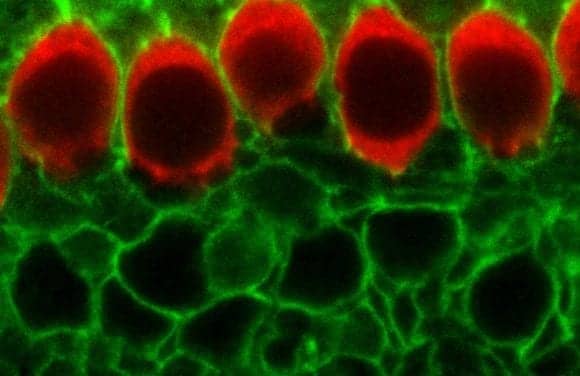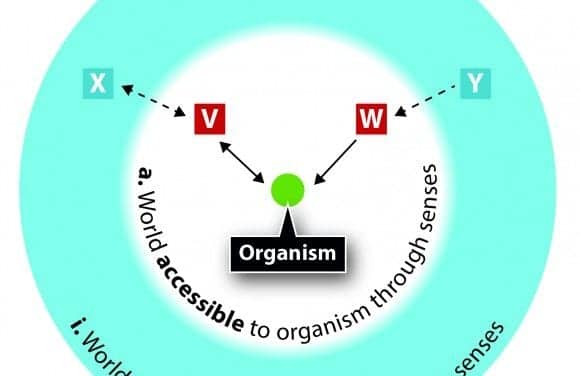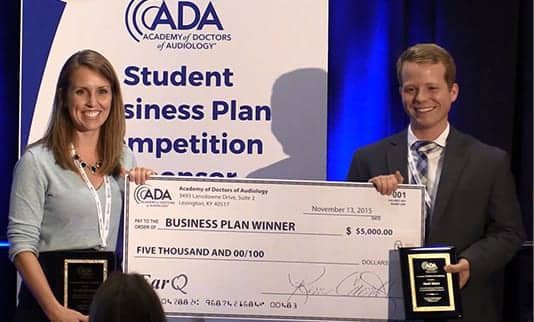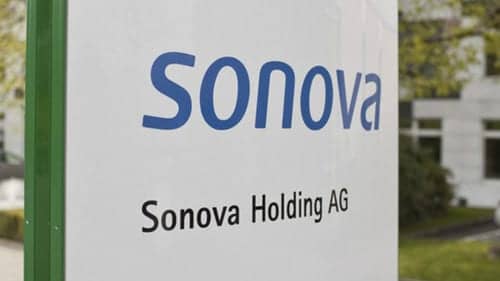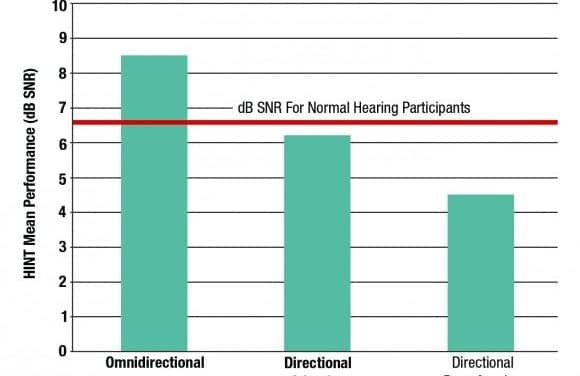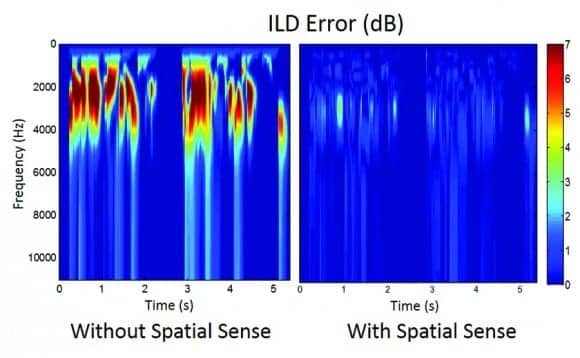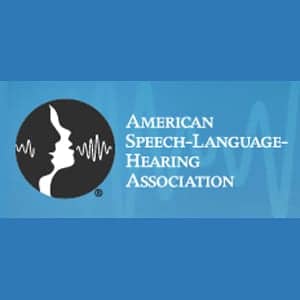Cells in Developing Ear Make ‘Sounds’ on Their Own
According to researchers at Johns Hopkins University School of Medicine, before the fluid of the middle ear drains and sound waves penetrate a developing ear for the first time, the inner ear cells of newborn rodents “practice” their ability to process sounds. The researchers show how hair cells in the inner ear can be activated in the absence of sound.
Read More
